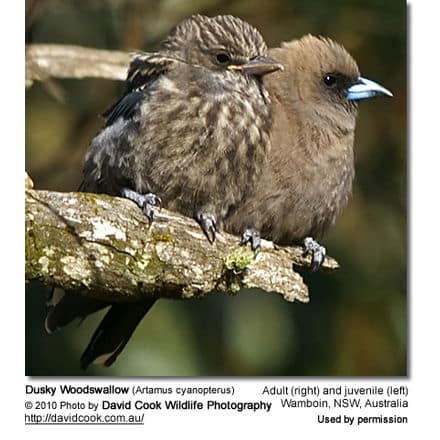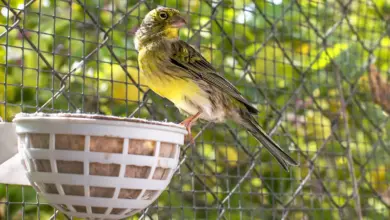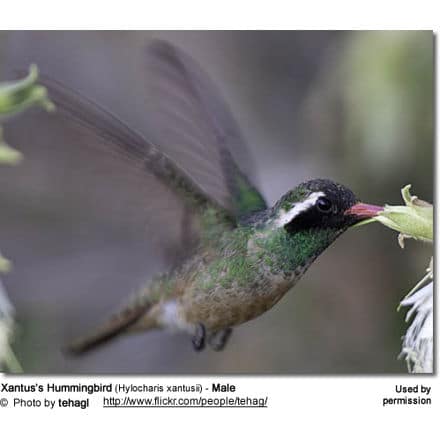Red-throated Ant-Tanager
The Red-throated Ant-tanager, Habia fuscicauda, is a medium-sized passerine bird.
It was usually considered an aberrant kind of tanager and placed in the Thraupidae, but is actually closer to the cardinals (Cardinalidae).
Consequently, it can be argued that referring to the members of this genus as Ant-tanagers is misleading, but no other common name has gained usage.
Distribution / Range
This species is a resident breeder on the Caribbean slopes from southeastern Mexico to eastern Panama.
It occurs in thick undergrowth at the edge of forest, second growth, or abandoned plantations at altitudes from sea level to 600 m.
These birds are found in pairs or small groups. The flock will give a defensive spread-wing-and-tail display to deter potential predators.
Description
Red-throated Ant tanagers are 19 cm long and weigh 40 g.
Adult males are dull dusky red, somewhat paler below, and with a bright red throat and central crown.
The female is brownish olive, paler, and greyer below, and with a yellow throat and small dull yellow crown stripe.
Young birds are brown and lack throat and crown patches.
Both sexes of this species are duller and darker than the related Red-crowned Ant-tanager which occurs on the Pacific slope in its Central American range.
Breeding
The large but untidy cup nest is usually built 1–3 m high in the fork of a shrub or tree and is often decorated with living ferns. The normal clutch is two or three white eggs laid from April to June.
Diet / Feeding
They eat insects, arthropods, and fruit like those of Cymbopetalum mayanum (Annonaceae), and less often Trophis racemosa (Moraceae), and will follow army ant columns especially in lowlands where antbirds are uncommon.
Tanager Information … Tanager Species … Tanager Species Photo Gallery





